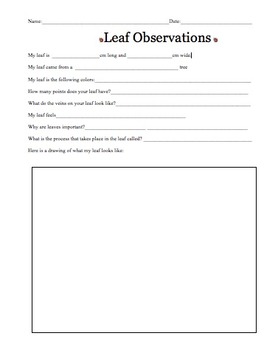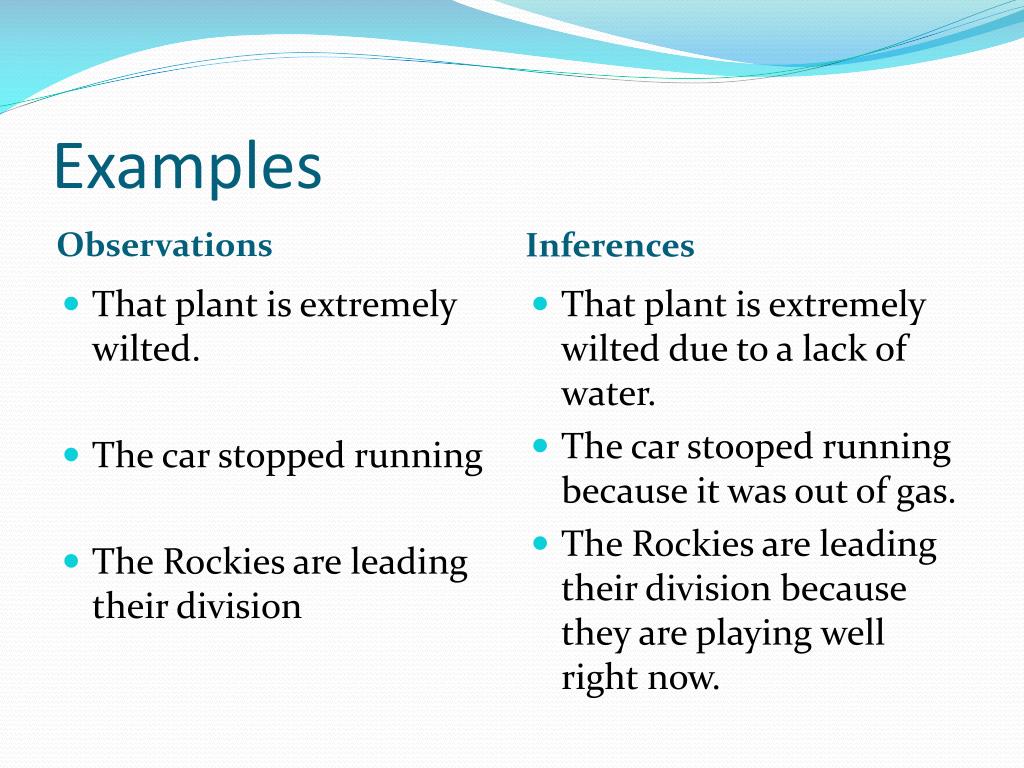

They may also predict rain is coming when they see clouds. On the other hand, an inference also uses observations, along with evidence and reasoning, to learn what might have happened in the past or in the present.Īn example of a prediction is when a weather forecaster observes wind speed and direction to help predict temperature. Predictions use the observations to learn what might happen in the future. Predictions are guesses, but not wild guesses.

Once observations are made, they can be used to make predictions or inferences. Why? Because other scientists may read and use each other's observations. It is important the observations are neat and organized. In addition, a scientist may record sounds, draw pictures, take photos, or make videos. When observing, it is also important to see things from different angles or distances, and for a short or long time-period.įinally, once an observation is made, it must be recorded or written down on paper or in a journal. For quantity observations, a ruler, thermometer, scale, or another measuring tool may be used. Quantity observation answers may include 6 inches, 72☏, 3 pounds, 8 feet by 4 feet, 16 ounces, 2 liters, and more. Quality observation answers may include: smooth, rough, slippery, red, blue, invisible, liquid, and many others. There are many other questions for each observation and not every question is answered by a scientist when doing an experiment. On the other hand, quantity observations answer the questions such as: How many? How big? What is its size? How long is it? How tall is it? How thick is it? What is its temperature? How fast can it move? What is the volume? How much is there? Using jelly beans again as an example, quantity observations may include the following: A bag of jelly beans may have 20 or 100.

They are solid and have different colors. Quality observations answer questions such as: How does it feel? What does it smell like? What does it sound like? What is its color? Is it a solid? Is it liquid? Is it a gas? What does it taste like? Using jelly beans as an example, quality observations may include the following: Jelly beans are usually smooth. There are many kinds of observations, but there are two main types. Observations are the things people notice about the world using the five senses. The first thing nearly every scientist learns how to do is make good observations. They are the things scientists often do throughout the day. Observations, Predictions, and Inferences


 0 kommentar(er)
0 kommentar(er)
